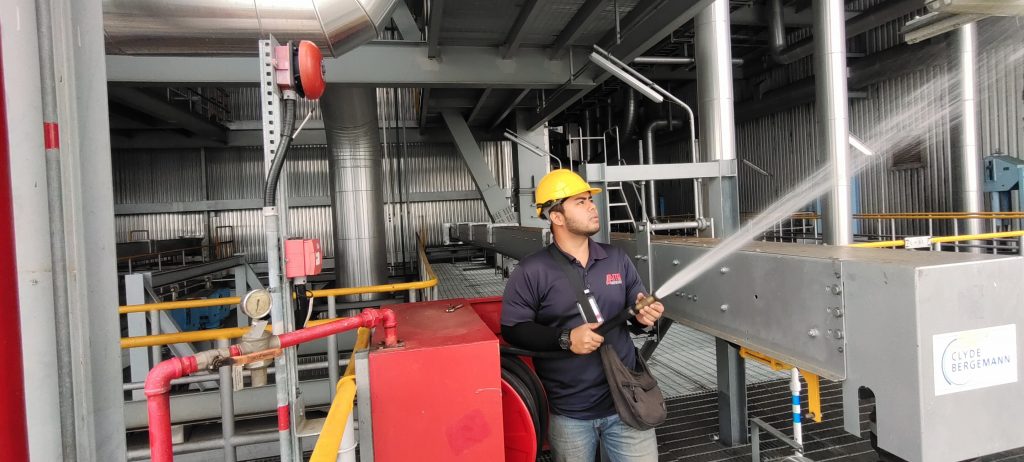

FIRE HOSE TEST
During fire Hose Testing, all air is taken out of the fire hose. After that, the hose is filled with water and examined for effectiveness, toughness, and warping. The hose is examined for apparent deformities including bulges, sweating at couplings, hose movement in coupling tailpieces, and other flaws.
To Comply With NFPA 1962 For The Hydrostatic Test Following Conditions Must Be Met:
- Attack fire hose must undergo a service test at a minimum pressure of 300 psi (20.7 bar or 2070 kPa) or at a pressure that does not exceed the service test pressure indicated on the hose.
- The minimum service test pressure for supply fire hose is 200 psi (13.8 bar or 1380 kPa), while the maximum pressure is the service test pressure specified on the hose.
- A minimum service test pressure of 300 psi (20.7 bar or 2070 kPa) or a pressure not to exceed the service test pressure indicated on the hose is required for forestry fire hoses.
- The pressure for the service test shown on the occupant-use hose must be tested.
- For three minutes, the hose must sustain the necessary service pressure.

AITO has a team of qualified engineers who possess the technical expertise and capabilities required for the role.


